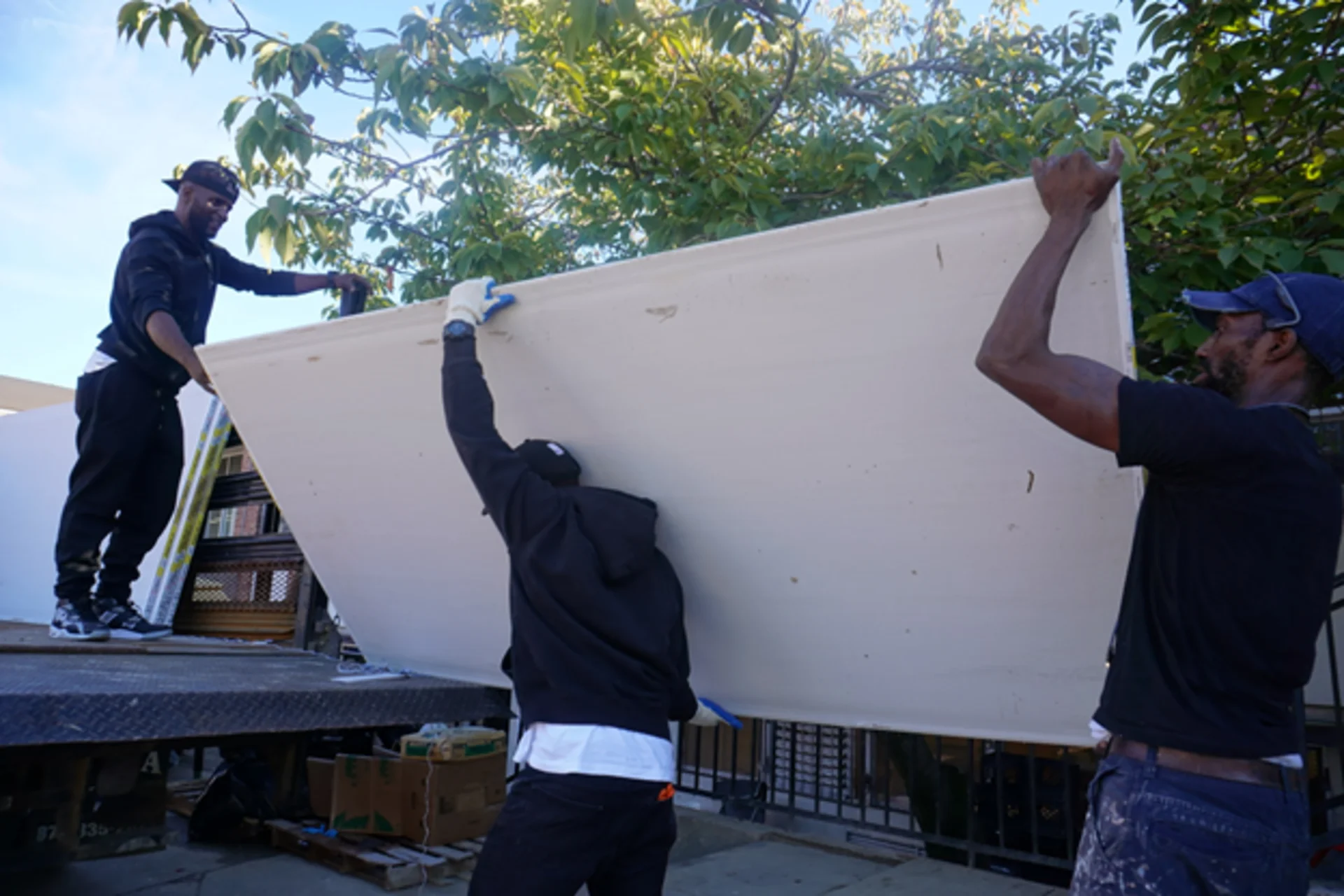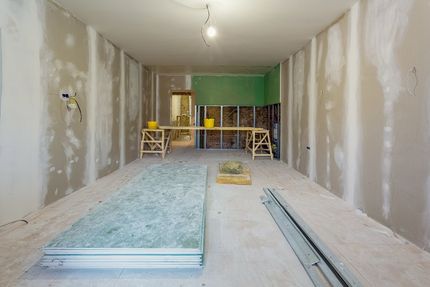Reliable Drywall Repair Techniques to Recover Your Walls
Reliable Drywall Repair Techniques to Recover Your Walls
Blog Article
Complete Overview to Reliable and Dependable Drywall Setup
Drywall installment is an important part of any building or restoration project, requiring a careful approach to make certain both efficiency and reliability. Comprehending the crucial tools and techniques is extremely important, as well as acknowledging common mistakes that can lead to below average outcomes. By systematically preparing the room and executing ideal practices, one can accomplish a remarkable finish that stands the test of time. It is important to explore the subtleties of each action in the procedure, as they collectively contribute to the overall success of the drywall setup. What specific strategies can boost your method?
Vital Tools for Drywalling
When getting started on a drywall setup job, having the right devices is critical for accomplishing an expert coating. Necessary tools include a drywall blade, tape procedure, and a T-square, which are essential for accurate measurements and smooth cuts. A drywall lift is also very helpful, specifically for ceiling installments, enabling simpler handling of heavy panels.
For attaching the drywall, a cordless drill and drywall screws are required. The drill must be geared up with a drywall little bit to ensure efficiency and accuracy. Additionally, a vital tool is the drywall saw, which helps with cutting about electrical outlets and other obstacles.

Moreover, safety gear such as safety and security glasses and a dirt mask are essential to ensure personal safety during the setup procedure. Using the right devices not just boosts the quality of the installment yet likewise improves the operations, making the task much more efficient overall.
Preparing the Room

Following, evaluate the problem of the wall surfaces and ceilings. Repair any kind of existing damage, such as openings, fractures, or peeling paint, to guarantee a smooth and also surface area for drywall application. Additionally, check for electric outlets, plumbing lines, and HVAC air ducts, noting their locations to avoid problems throughout installation.
It is also vital to gauge the area accurately, identifying the dimensions of the ceilings and walls to compute the ideal amount of drywall needed. Create a detailed plan that consists of the design and positioning of the drywall panels.
Setup Strategies
Reliable installment methods are important for achieving a professional coating in drywall jobs. Correct dimension and cutting of drywall sheets are basic actions. Always determine the wall space accurately, enabling any outlets or buttons. Make use of an utility knife for tidy cuts, scoring the paper face and snapping the board along the racked up line.
When hanging drywall, begin with the top and work downward, making certain that the lengthy side of the board is vertical to the framework. Safeguard the sheets with screws instead of nails, which offer greater holding power and lower the danger of popping. Location screws every 12 inches along the edges and every 16 inches in the field of the board.
For edges, use edge beads to achieve sharp, tidy sides. When mounting on ceilings, utilize a drywall lift or have a companion help in holding the sheets in place (drywall installation). Maintain a space of about 1/4 inch over the flooring and ceiling to fit development and tightening
Ending Up Touches

When the tape is in location, it's time to apply the very first coat of joint compound, additionally understood as mud. Utilize a 10 to 12-inch taping knife to spread the substance equally over the taped joints, feathering the edges to mix with the bordering drywall.
Allow the substance to completely dry completely, normally 1 day. After drying out, sand the surface area gently with fine-grit sandpaper to eliminate any type of blemishes. drywall installation. Repeat the mudding and sanding process, normally 2 to 3 layers, making certain each drywall contractor layer is flush and smooth with the drywall surface area
Usual Mistakes to Avoid
Numerous do it yourself enthusiasts run into risks throughout drywall setup that can compromise the outcomes. One typical blunder is failing to correctly gauge and cut drywall sheets. Inaccurate cuts can lead to spaces and uneven joints, making finishing a lot more labor-intensive. Furthermore, disregarding to stagger joints can create weak factors in the wall, causing possible sagging or cracking gradually.
One more regular error is improper attachment. Making use of as well couple of screws or nails can lead to loose drywall, have a peek at this site while overdriving fasteners can create the paper to tear, weakening the structure. It's essential to keep regular spacing, usually every 16 inches, and to make certain that fasteners are flush with the surface area.
Furthermore, not addressing wetness problems before installation can lead to mold and mildew growth and structural damages. Always evaluate the atmosphere and usage moisture-resistant drywall in high-humidity areas.
Final Thought
Reputable and effective drywall installation calls for thorough interest to detail throughout the process. Avoiding typical errors additionally adds to an expert outcome, highlighting the significance of accuracy and technique in successful drywall jobs.
It is essential to explore the subtleties of each action in the process, as they jointly contribute to the total success of the drywall setup.When getting started on a drywall installation project, having the review right devices is important for achieving a specialist surface.For attaching the drywall, a cordless drill and drywall screws are essential.Appropriately preparing the area is essential for a successful drywall setup.Efficient installment strategies are essential for achieving a specialist coating in drywall jobs.
Report this page